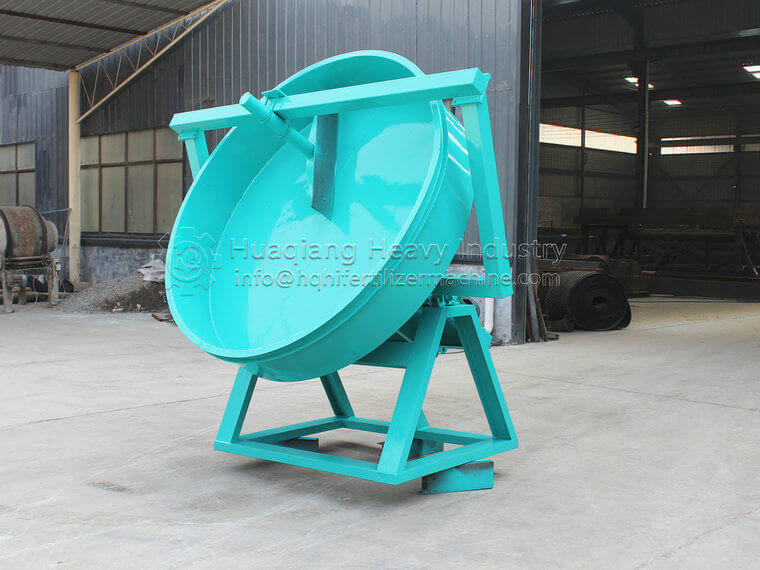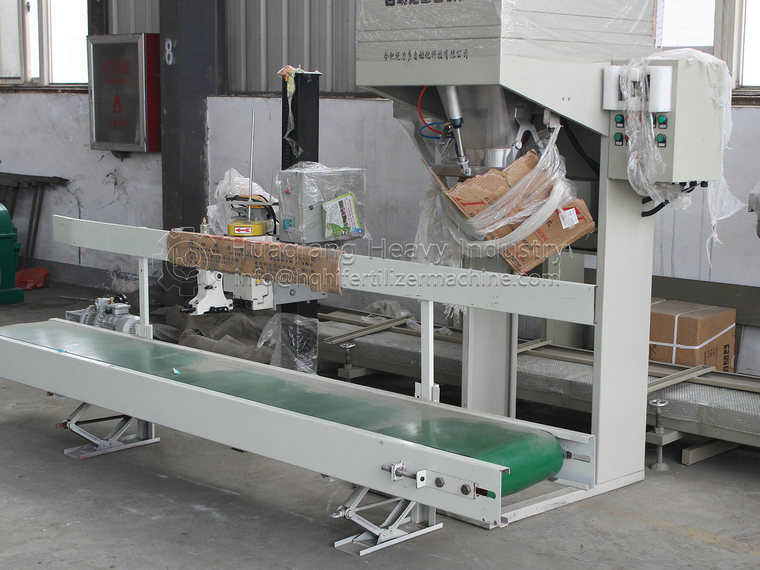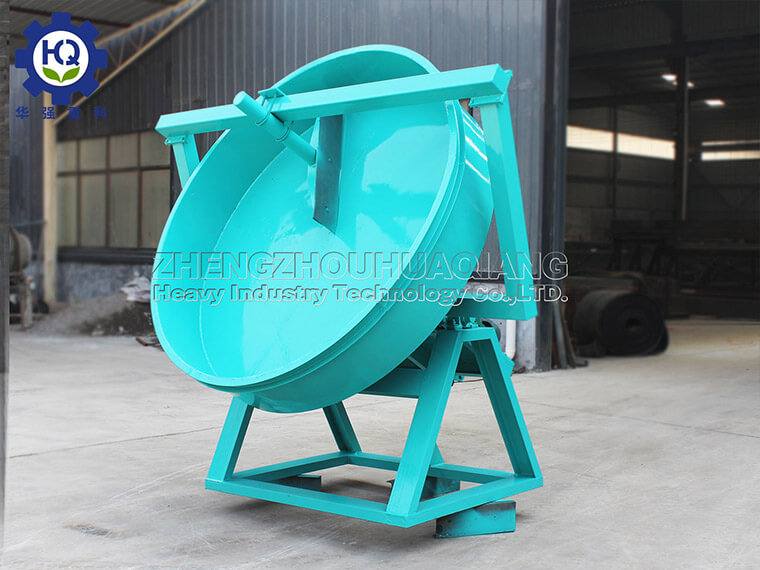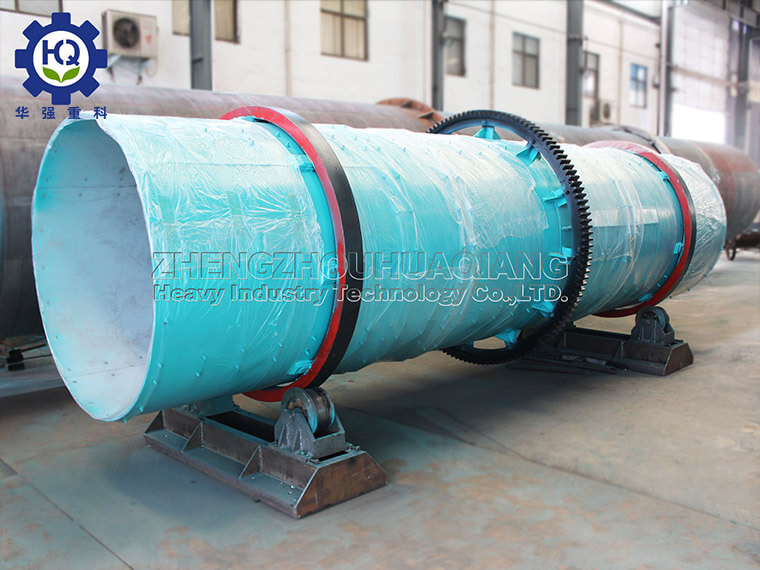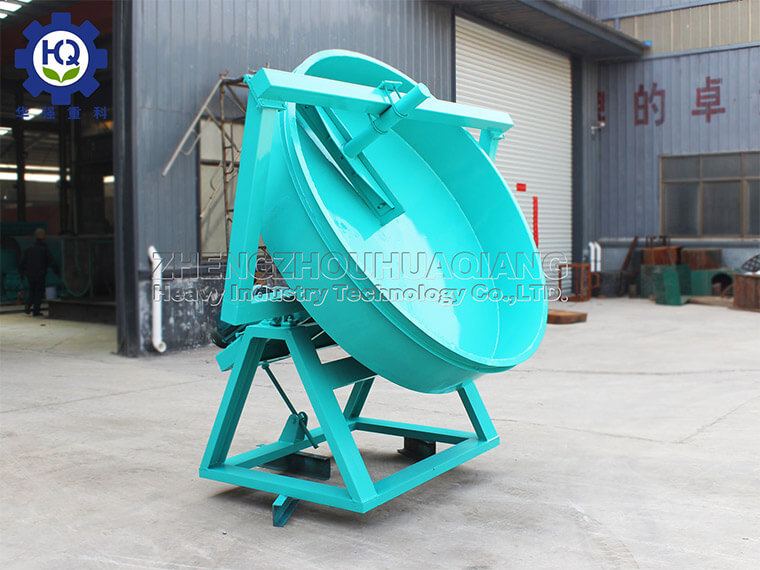Drying and cooling equipment used after granulation in fertilizer production lines
In the fertilizer production line, drying and cooling equipment are important links to ensure the quality and performance of fertilizers, and they play a crucial role in the final quality of fertilizer particles.
In terms of drying equipment, rotary dryers are widely used. The mixed and granulated fertilizer particles enter the rotary dryer, where the high-temperature hot air in the dryer comes into full contact with the material. Hot air is blown in from one end, and the material slowly moves in the rotating cylinder. During this process, moisture is continuously evaporated and carried away. By adjusting the temperature and speed of the hot air, as well as the residence time of the material in the cylinder, the drying degree can be precisely controlled to ensure that the fertilizer particles reach the appropriate moisture content. Rotary dryer has the advantages of large processing capacity and stable drying effect, which can meet the drying needs of large-scale fertilizer production.
Another common drying device is an airflow dryer. It uses high-speed flowing hot air to suspend and transport fertilizer particles, achieving rapid drying in this process. The drying speed of the airflow dryer is extremely fast, which can reduce the moisture content in the particles to the specified level in a short period of time. Moreover, due to the short residence time of materials in the dryer, the damage to fertilizer nutrients is minimal, making it particularly suitable for temperature sensitive fertilizer varieties.
After the fertilizer particles are dried, they need to be cooled to improve their physical properties and stability. Air cooled cooling machine is one of the commonly used cooling equipment. It uses forced ventilation to allow cold air to come into full contact with hot fertilizer particles, resulting in a rapid decrease in particle temperature. The air-cooled cooling machine has a simple structure, easy operation, and good cooling effect, which can effectively prevent particles from deforming or sticking due to high temperature during subsequent storage and transportation.
Water cooled chillers use water as the cooling medium. The specific heat capacity of water is relatively large, which can absorb more heat, therefore the cooling efficiency of water-cooled chillers is higher. It takes away heat through a circulating water system, rapidly cooling the fertilizer particles. However, water-cooled chillers have a relatively complex structure and require a matching water circulation system, resulting in relatively high maintenance costs.
Drying and cooling equipment complement each other in fertilizer production lines. Drying equipment removes excess moisture from fertilizer particles, enhancing the stability and storage period of fertilizers; The cooling equipment further optimizes the physical properties of the particles to ensure that the fertilizer maintains good quality at all stages. They jointly ensure the quality of fertilizer products and provide a solid backing for fertilizers to enter the market.

